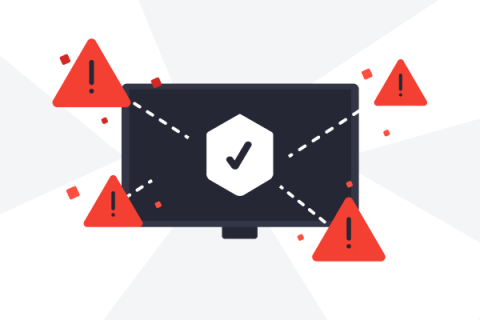Simulating Filesystem with Billions of Files: Part 1
Rubrik can gracefully backup hosts with petabyte-scale filesystems containing around a billion files. It took us focused effort and innovation, both in scaling existing systems and verifying the changes work before shipping to our customers. One of the innovative systems that helped us achieve this scalability is the FileSystem Simulator.










